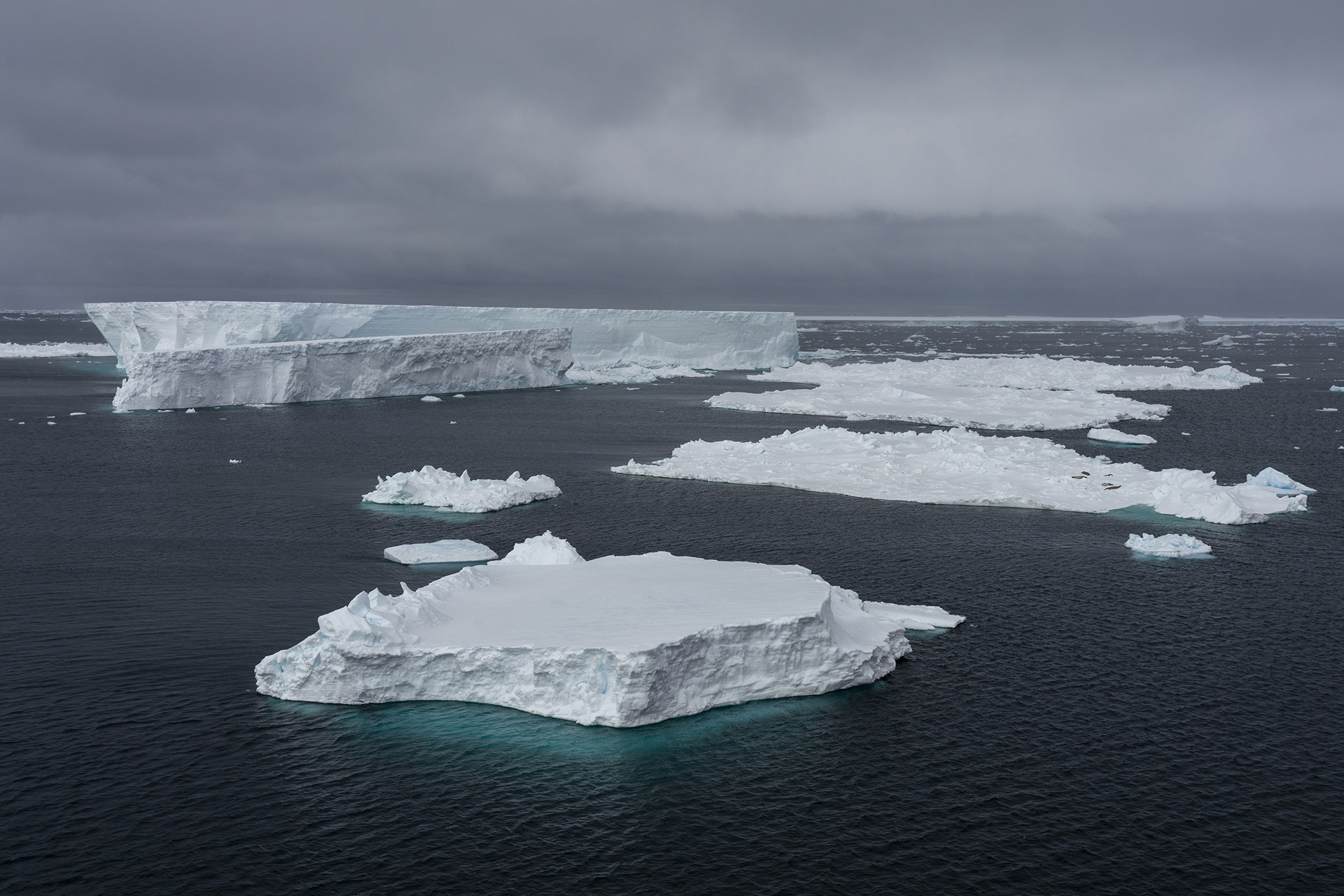The Earth's ice sheets lost enough ice over the last 30 years to create an ice cube 19 kilometres high, according to new research.
The Greenland and Antarctic ice sheets, which hold almost all of the world's freshwater ice, are shrinking at a frighteningly rapid pace, according to a report on Thursday from a team of international scientists.
Combining data from 50 satellite surveys of Antarctica and Greenland, spanning the years 1992 to 2020, scientists from the Ice Sheet Mass Balance Inter-comparison Exercise, or IMBIE, were able to track changes in the ice sheets' volume and ice flow.
READ MORE: Mum and son survive plane crash into ocean at WA beach

They found that ice sheet melting has increased six-fold over the past 30 years, as record levels of planet-heating pollution push up global temperatures.
The seven worst years for polar ice sheet melting all happened during the past decade.
In all, the polar ice sheets lost more than 7.5 trillion tonnes of ice between 1992 and 2020, according to the report.
The worst year for ice sheet loss was 2019, the report found, when the ice sheets lost around 612 billion tonnes of ice. These losses were driven by an Arctic heatwave, which saw Greenland's ice sheet shed 444 billion tonnes.
The loss of ice is having a significant impact on the oceans, pushing up sea levels by 21 millimetres, according to the report. Ice sheet melting now accounts for a quarter of all sea level rise — a five-fold increase since the 1990s.
"This is a huge amount of ice," study lead author Inès Otosaka, a research fellow at the University of Leeds, told CNN.
READ MORE: Children's cat-killing contest axed following backlash in New Zealand

"This is very worrying, of course, because 40 per cent of the global population lives in coastal areas."
Scientists found that the rate at which the Antarctic ice sheet is melting has slowed, but remains much faster than in the 1990s.
The report identified the Antarctic Peninsula and West Antarctica — the location of the troubled Thwaites Glacier, nicknamed the "Doomsday" glacier for its potentially devastating impact on sea level rise — as the regions where most of the continent's melt was happening.
Otosaka expects the Greenland ice sheet to continue losing ice, but said it's not yet clear what might happen to the Antarctic ice sheet.
"In Antarctica we have higher uncertainty in the future," she said.
"We have what we call some low-probability but high-impact mechanisms that could be triggered if we exceed a certain level of warming."
That could lead to a much higher sea level rise in the future, she added.
If the world hits certain warming thresholds, it could trigger important and potentially irreversible feedback mechanisms, Otosaka said.
"We really need to have strong governmental policies to limit future warming and to cut our greenhouse gas concentration," she added.
The European Space Agency, which along with NASA helps fund IMBIE's research, said in a statement: "It is without doubt that climate change is causing our polar ice sheets to melt, thereby driving up sea levels and putting coastal regions around the world at risk."
READ MORE: Giant SpaceX rocket fails minutes after launching from Texas
Scientists at IMBIE plan to update the assessment every year.
"We are finally at the stage where we can continuously update our assessments of ice sheet mass balance as there are enough satellites in space monitoring them, which means that people can make use of our findings immediately," Andrew Shepherd, a professor at Northumbria University and founder of IMBIE, said in a statement.
Sign up here to receive our daily newsletters and breaking news alerts, sent straight to your inbox.
Source: https://ift.tt/JGNXwOi
Comments
Post a Comment